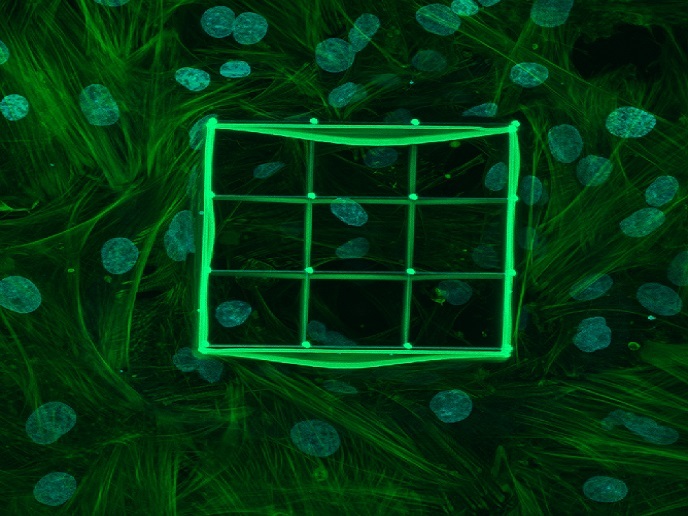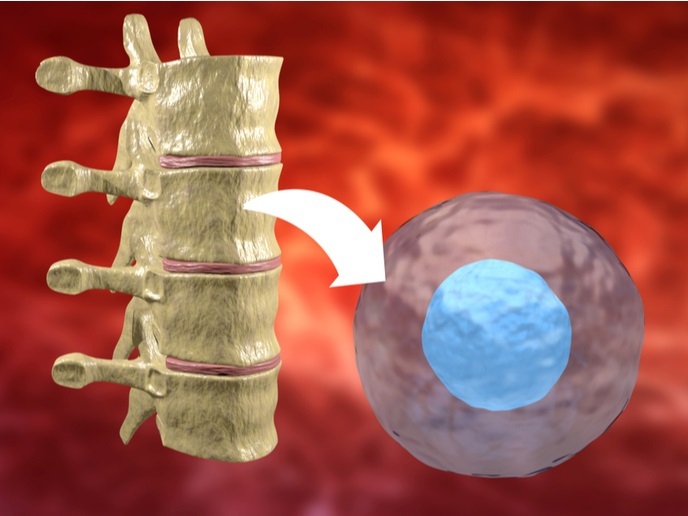Stem cell fusion to cure Parkinson's disease
Classical PD is characterised by resting tremor, slowness of movement, rigidity and postural instability. It affects more than 1 % of the population above the age of 60. The symptoms of PD are attributed to a dramatic loss of dopamine (DA)-containing neurons in the pigmented volume of the brain called substantia nigra pars compacta. Replacement of damaged DA neurons through their fusion with the adult stem cells (ASCs) after bone marrow stem cell (BMSC) transplantation could potentially restore neurological functions in PD. The EU-funded 'Cell fusion-mediated reprogramming as neuronal rescue mechanism in Parkinsons disease' (REPROGRAMMING FOR PD) aimed to verify the cell fusion-mediated reprogramming mechanism in response to disease and tissue injury. Researchers wanted to determine the possibility of regulation of BMSCs through in vivo reprogramming to enhance fusion in response to neurodegeneration. Previous results demonstrated that activation of the Wnt/beta-catenin pathway in embryonic stem cells remarkably enhances cell fusion-mediated reprogramming with somatic cells in vitro. Researchers tested activated and non-activated BMSCs in the mouse model of chemically induced PD. To assess short- and long-term regeneration, transplanted cells were evaluated for reprogramming, differentiation or trans-differentiation at different time points after transplantation. Several neurobehavioural tests of motor disability were performed to analyse rescue of the PD phenotype after BMSC transplantation. In these critical tests, mice grafted with BMSCs lost only 15–20 % of DA neurons versus 50–55 % loss in control mice. Thus, project results verified that the cell fusion-mediated reprogramming mechanism could potentially lead to the development of a new therapy for several neurodegenerative diseases. The availability of BMSCs together with the possibility to differentiate ASCs into neuronal cells will have a tremendous impact on regenerative medicine.







